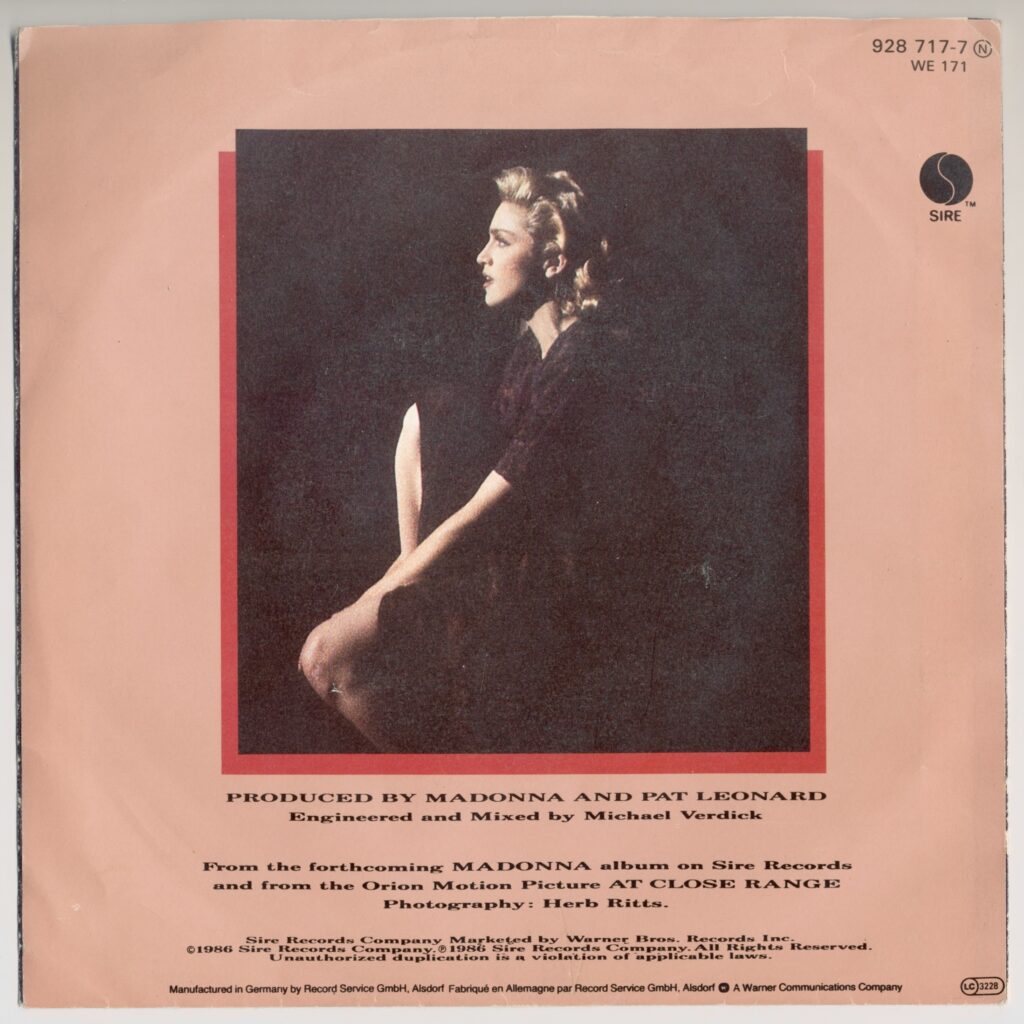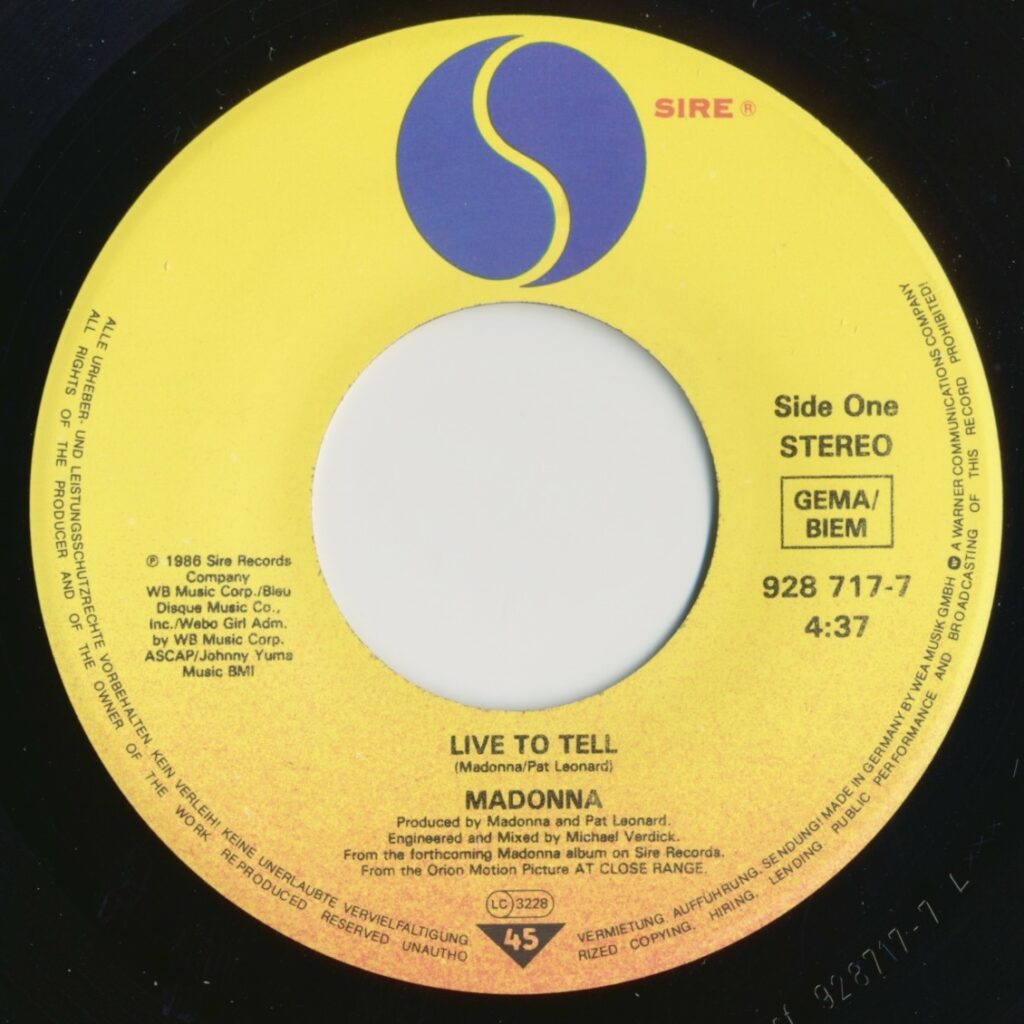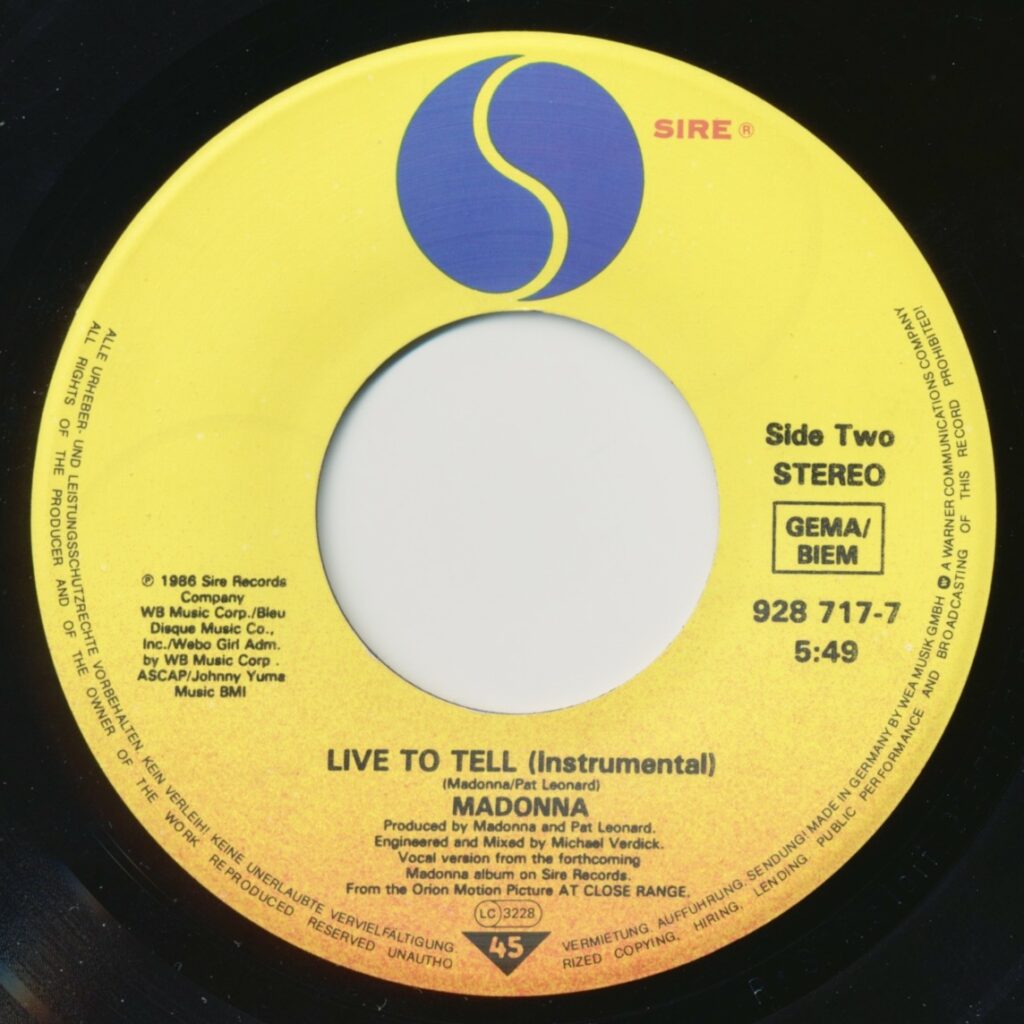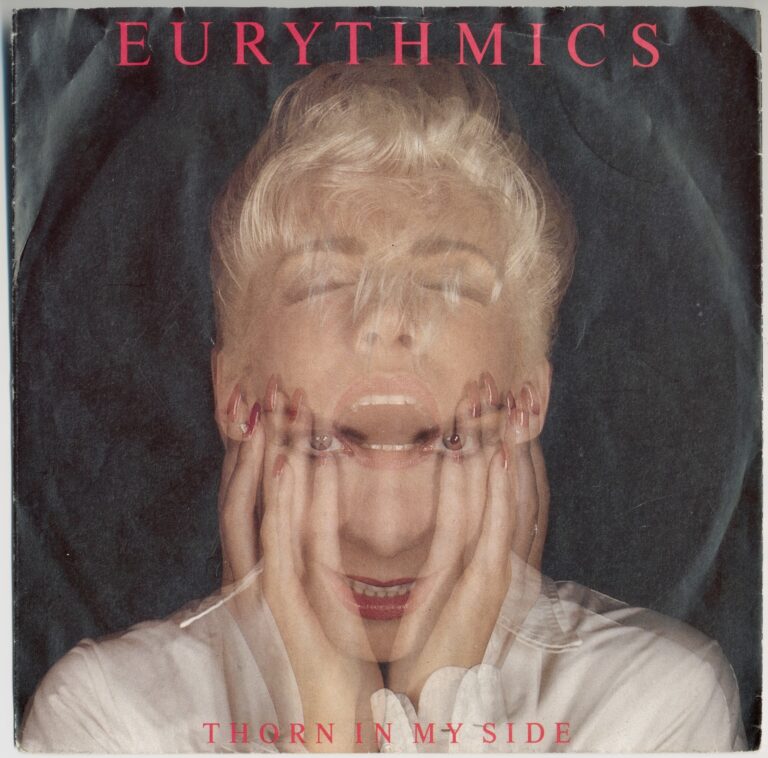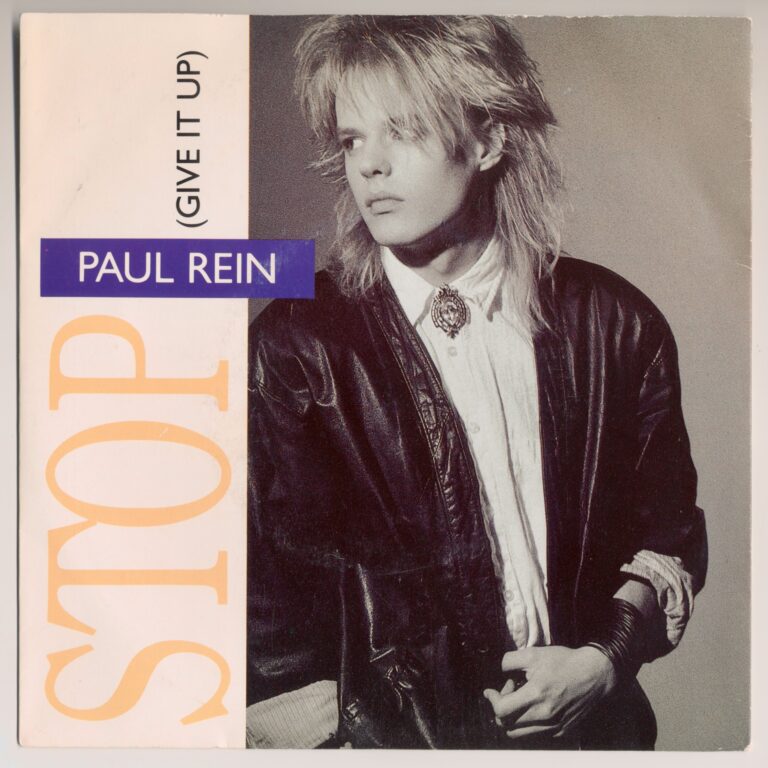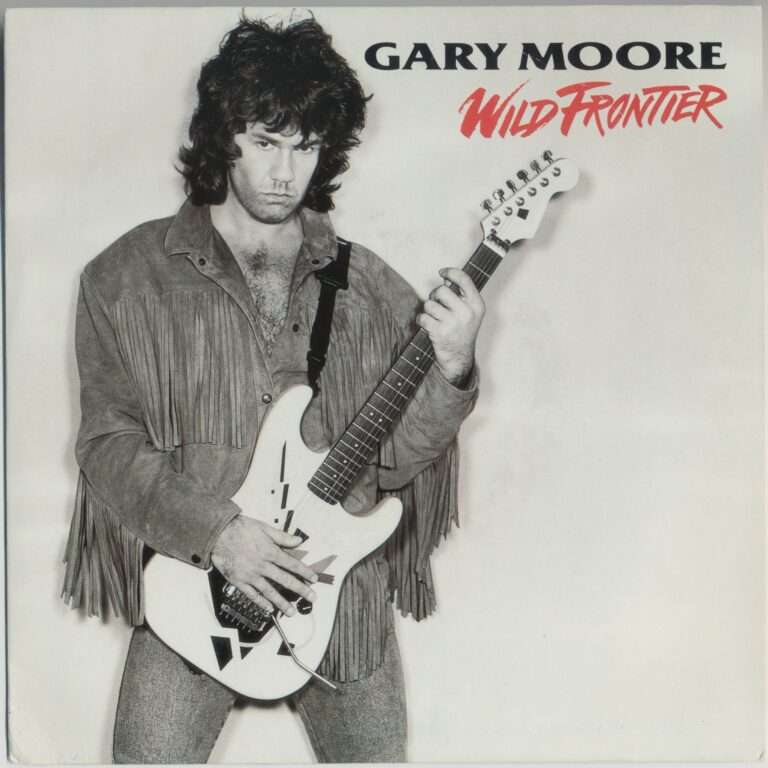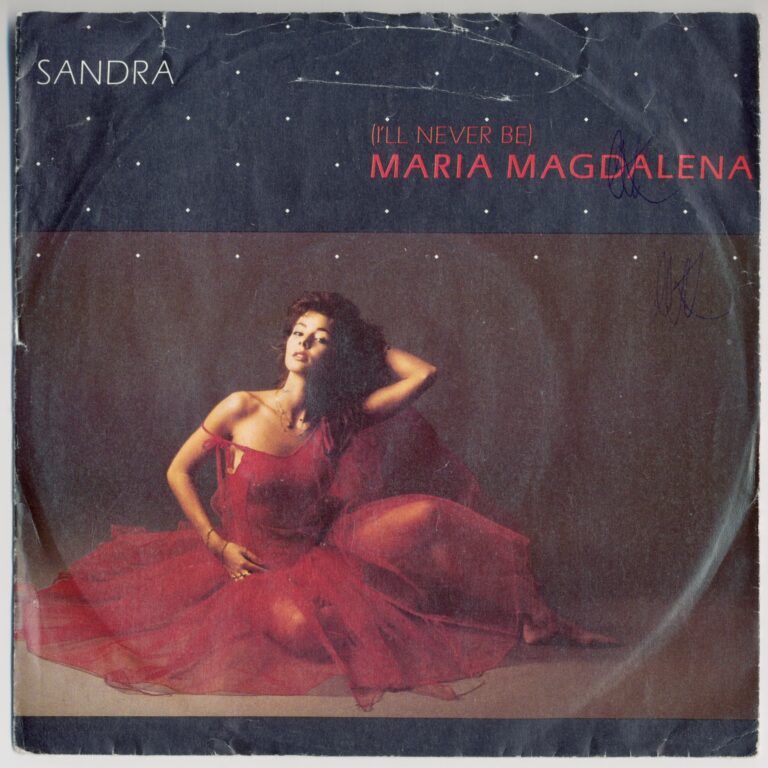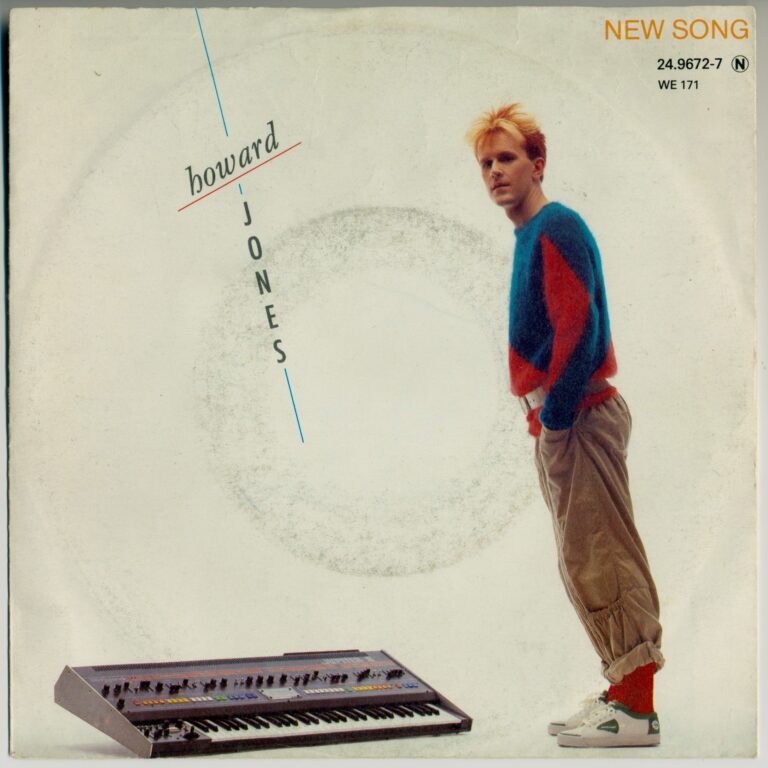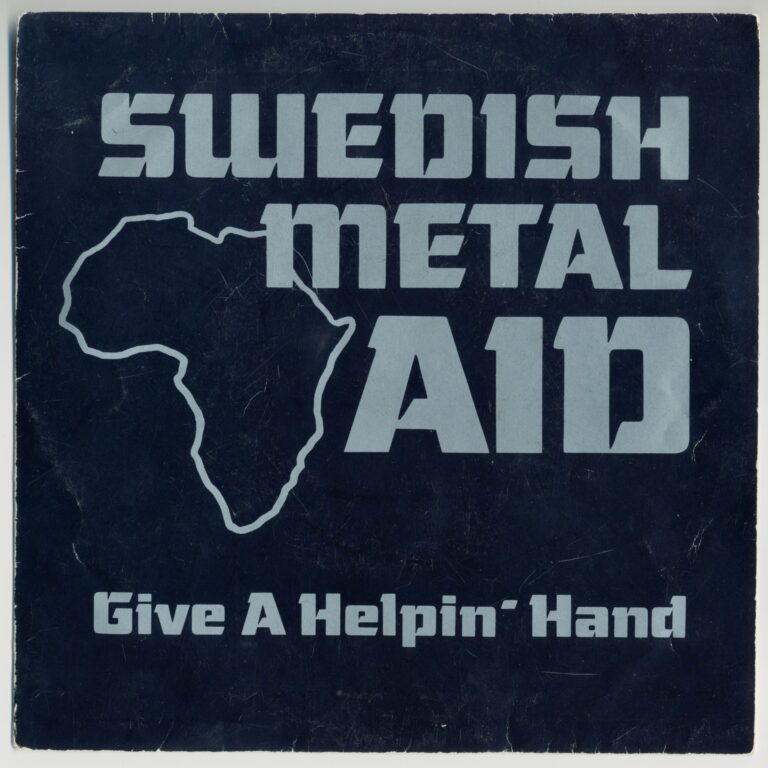In 1986, the world knew Madonna as the “Material Girl,” a vibrant pop sensation with a playful image. Then came “Live to Tell,” a song that would change everything. This wasn’t just another hit; it was a transformation. The song’s journey began unexpectedly. Originally, it was an instrumental piece created by producer Patrick Leonard for the film Fire with Fire. But the studio rejected it, and this twist of fate led it to Madonna. Recognizing its potential, she crafted the lyrics, pouring her own experiences and emotions into the song.
What’s truly fascinating is the story behind Madonna’s vocals. Producer Patrick Leonard was so moved by the raw vulnerability and innocence in her demo take that he insisted on using it for the final track. In fact, you can even hear the rustle of paper in her hand on the recording! This “accidental” choice revealed a new depth to Madonna’s voice, captivating critics and audiences alike.
“Live to Tell” is a song filled with secrets and emotional weight. Madonna’s lyrics hint at personal struggles and hidden truths, but she keeps the details vague, allowing listeners to connect with their own experiences. “A man can tell a thousand lies / I’ve learned my lesson well / Hope I live to tell the secret I have learned…” The chorus speaks to the universal desire to be heard and understood.
“A man can tell a thousand lies / I’ve learned my lesson well / Hope I live to tell the secret I have learned…”
The visual presentation of “Live to Tell” was just as striking as the song itself. The 7″ single and the True Blue album cover featured a toned-down, elegant Madonna, reminiscent of classic Hollywood actresses like Grace Kelly. This was a clear departure from her earlier image, signaling her maturity and artistic growth.
The music video, directed by James Foley, further emphasized this shift. It was subdued and focused on Madonna’s emotional performance, a stark contrast to her more energetic and provocative videos.
“Live to Tell” wasn’t just a critical success; it was a commercial triumph. It hit number one on the Billboard Hot 100 and the Adult Contemporary chart, showcasing Madonna’s ability to connect with a wider audience. Critics praised her vocal performance and the song’s mature themes, solidifying her status as a serious artist.
Madonna’s relationship with Sire Records was also crucial to her success. The label, known for supporting innovative artists, provided the creative space and marketing power to launch Madonna’s career and amplify her vision.
“Live to Tell” has remained a significant part of Madonna’s live performances, evolving over the years. From a dramatic “church medley” on the Blond Ambition Tour to a controversial performance on the Confessions Tour where she sang while suspended on a giant mirrored cross, Madonna has consistently used the song to push boundaries and spark conversations. Most recently, during her Celebration Tour, “Live to Tell” became a moving tribute to those lost to the AIDS epidemic, transforming the song into a powerful memorial.
“Live to Tell” is more than just a song; it’s a testament to Madonna’s artistic evolution. It’s a story of personal expression, cultural impact, and the enduring power of music to connect with the human experience.
My copy: 7″, 45 RPM, Europe, 1986, Sire
Trackslistan (Swedish radio chart): 4 weeks, peaked at #10, #85 on year-end list 1986


